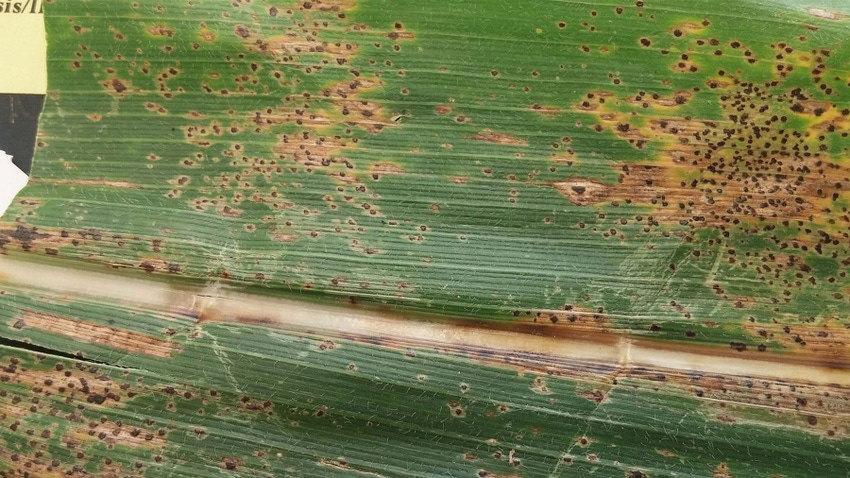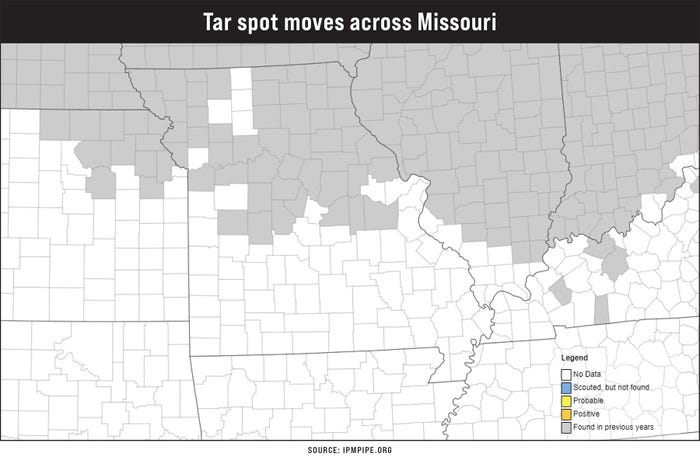Saturday, 09 March 2024 10:37:00
Grahame Jackson posted a new submission ‘LETHAL YELLOWING, COCONUT PALM – JAMAICA’
Submission
LETHAL YELLOWING, COCONUT PALM – JAMAICA
ProMED
http://www.promedmail.org
Source: Jamaica Observer [summ. Mod.DHA, edited]
https://www.jamaicaobserver.com/2024/03/05/spread-lethal-yellowing-disease-reduced-70/
Through the work of the Coconut Industry Board (CIB), Jamaica has been able to reduce the spread of the lethal yellowing disease in the coconut industry by 70%. CIB have contributed significantly through research which has allowed the development of varieties and hybrids with optimum resistance/tolerance to lethal yellowing. In addition, increased yields are obtained from these locally developed varieties that are adapting better to the climatic conditions.
Within the region, the disease was first discovered in the Cayman Islands in 1834 and was found in Jamaica in 1884. It became a real threat to Jamaica after 1961 and became even more significant in the 1970s when some 10 million trees of the ‘Jamaican Tall’ variety were destroyed. Lethal yellowing has caused severe economic losses in Jamaica.
—
Communicated by:
ProMED
[Lethal yellowing (LY) diseases of coconut and other palms are caused by phytoplasmas of the palm lethal yellowing (16SrIV; _Candidatus_ Phytoplasma palmae strains) group. A number of LY strains have been described from the Caribbean, Latin America, Africa and southern Asia. LY has seriously jeopardised coconut industries in the respective areas. LY-type diseases like Cape St Paul wilt (CSPW) in Ghana, the “maladie de Kaincope” in Togo and Awka disease (lethal decline, LD) in Nigeria, previously included in the 16SrIV group, have been reclassified as the new group 16SrXXII (Nigerian coconut lethal decline group, _Ca._ P. palmicola strains; see link below).
Symptoms include premature nut drop, blackening of inflorescences, yellowing of fronds; death of the palm usually occurs within 4 to 6 months. The planthopper _Myndus crudus_ is suspected to be the vector in the Americas, but different vectors may be involved in the spread of LY strains elsewhere. Seed transmission of the pathogens cannot be excluded; some weed species may serve as pathogen reservoirs. Jumps of LY across apparently unaffected coconut populations have been observed, possibly due to aerial spread of infectious vector insects or human activities. Even with strict controls, including certification of nuts and their parent trees, excluding infectious vector insects requires large quarantine efforts.
While LY affects many palm species, at least for coconut palm susceptibility may vary between cultivars or even within cultivars, depending on the region where they grow. Symptoms can be suppressed by tetracycline treatments, usually applied as trunk injections. The antibiotic inhibits multiplication of the pathogens but does not eliminate them. Therefore, treatments need to be repeated regularly. Commercial control of the diseases mostly relies on phytosanitation followed by replanting with resistant varieties.
An unexplained resistance breakdown of some widely used hybrids occurred earlier in Jamaica (ProMED post 20070522.1643) and caused great concern.
Pictures
LY symptoms on coconut and other palms:
https://www.growables.org/information/TropicalFruit/images/LethalYellowingFoliarSymptoms.jpg,
https://bugwoodcloud.org/images/768×512/1504008.jpg,
https://guyanachronicle.com/wp-content/uploads/2017/04/Lethal-Yellowing.jpg (leaf) and
http://www.cphdforum.org/wp-content/uploads/2015/06/LethalYellowingCoconutSymptom.jpg (fruit)
_Myndus crudus_:
https://bugwoodcloud.org/images/768×512/0725079.jpg
Links
Story also at:
https://jis.gov.jm/spread-of-lethal-yellowing-disease-reduced-by-70/ and
https://jamaica-gleaner.com/article/news/20240304/spread-lethal-yellowing-disease-coconut-industry-reduced-70
Lethal yellowing information:
https://doi.org/10.1079/cabicompendium.38647,
https://doi.org/10.3389/fpls.2016.01521,
https://doi.org/10.1111/j.1744-7348.2011.00480.x,
https://www.cphdforum.org/index.php/2015/06/03/about-lethal-yellowing-of-coconut/,
http://edis.ifas.ufl.edu/pp146 and
https://www.apsnet.org/edcenter/disandpath/prokaryote/pdlessons/Pages/LethalYellowing.aspx
16SrIV LY phytoplasma group taxonomy and species list:
https://www.uniprot.org/taxonomy/85624
16SrXXII classification of some LY-type diseases:
https://doi.org/10.1099/ijs.0.65000-0
16SrXXII LDN phytoplasma group taxonomy:
https://www.uniprot.org/taxonomy/590462
Phytoplasma resource centre:
https://plantpathology.ba.ars.usda.gov/phytoplasma.html
Information on LY vectors via:
https://bugguide.net/node/view/63
– Mod.DHA





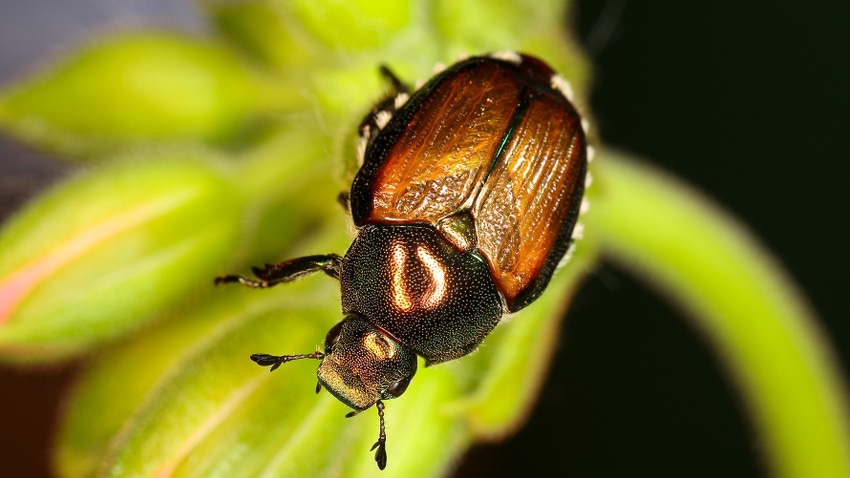
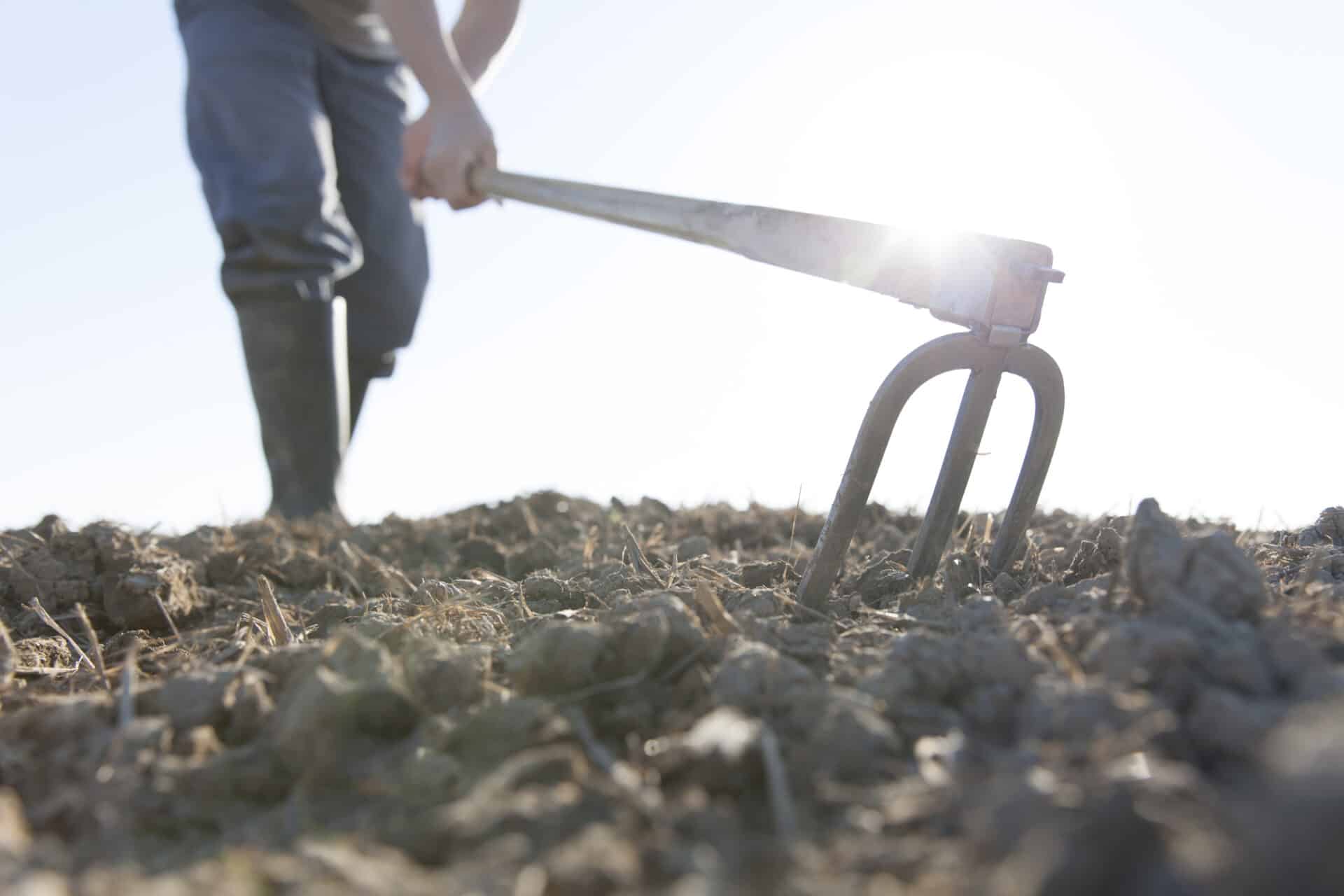

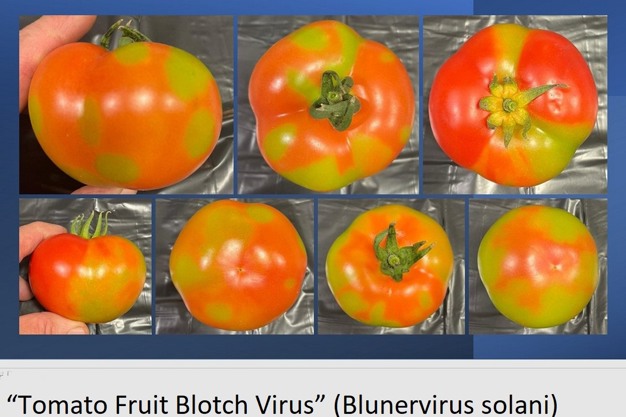 How the ToBFV looks on tomatoes
How the ToBFV looks on tomatoes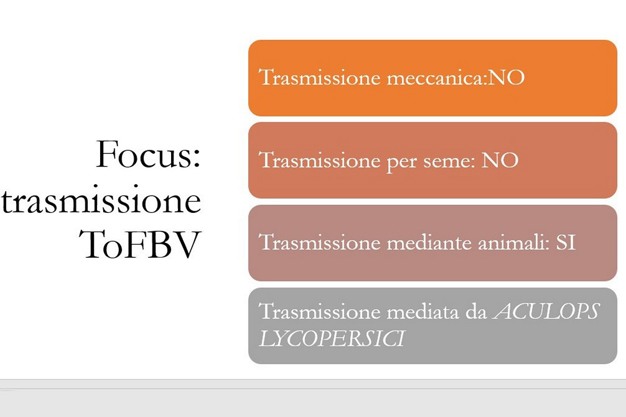 How ToFBV spreads
How ToFBV spreads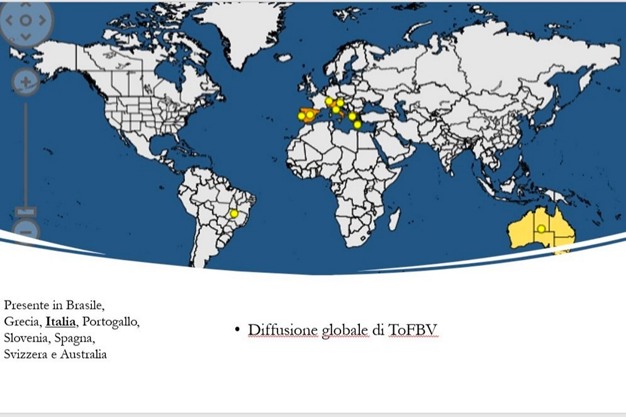 Spreading of the virus
Spreading of the virus
